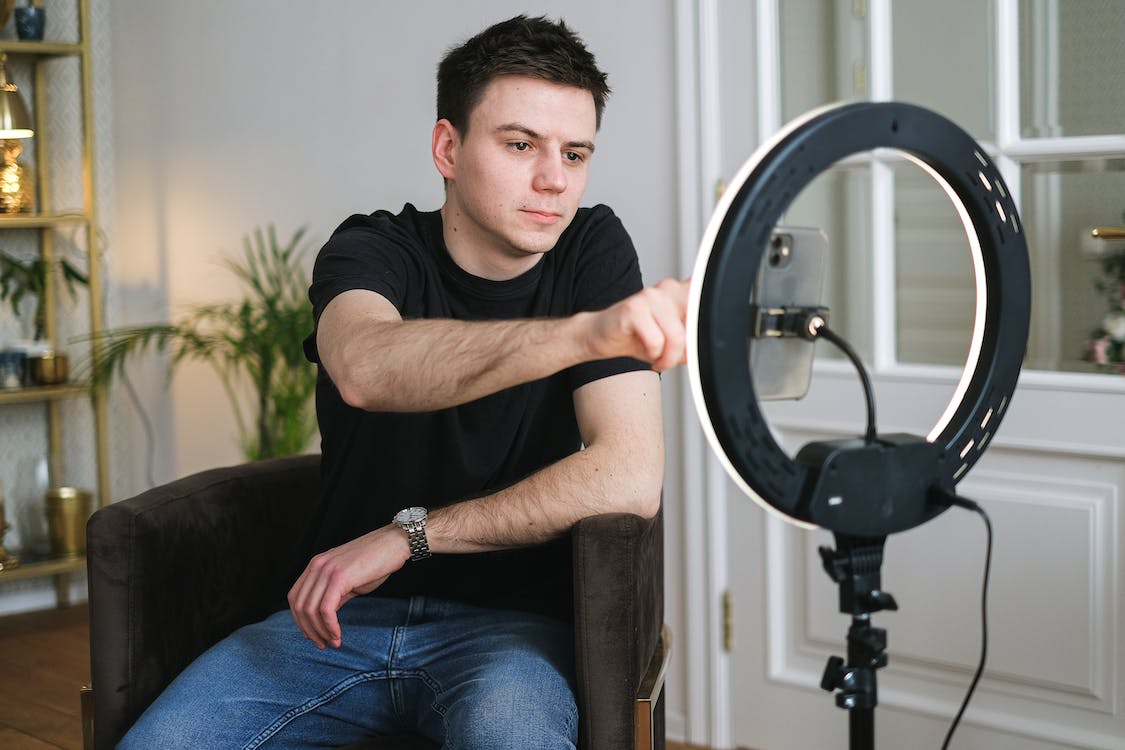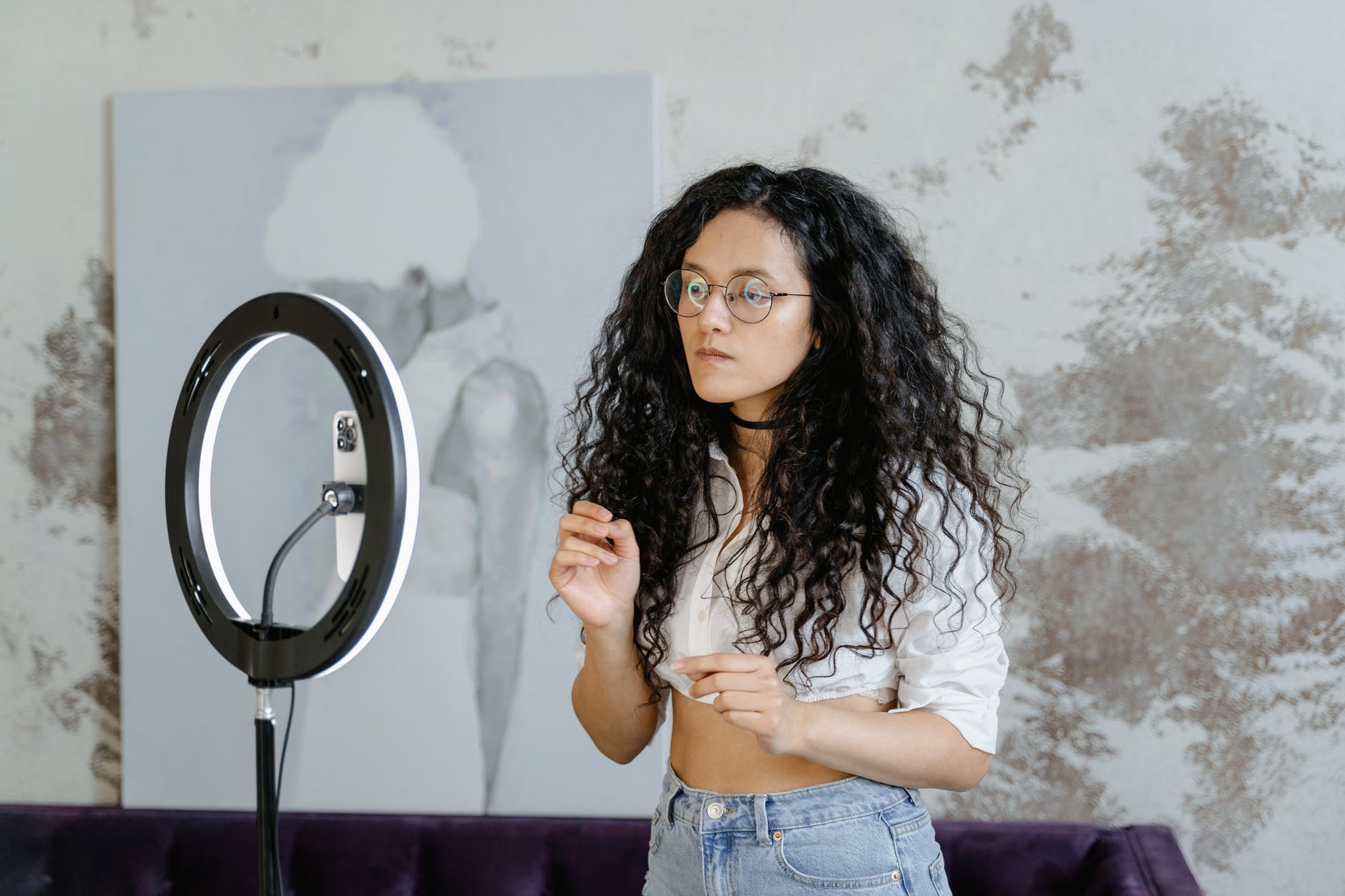7 Ways to Do a Self-Tape Without a Reader
For auditions that require more than one person, there are several options available when you don’t have a reliable reader
(By Jim Webb)
 (Photo: Anna Shvets | Pexels)
(Photo: Anna Shvets | Pexels)
RELATED TOPICS:
7 Self-Tape Instructions Actors Often Ignore
Ok, here’s the good news: self-tape auditions come with lots of benefits. You can work on your own schedule. You can control the process. You can do unlimited takes. You never have to fight through rush-hour traffic.
Here’s the bad news: you have to procure your own equipment. You have to worry about things like lighting and sound. You have to have space in your home (sometimes a tiny apartment) to do it.
Here’s the absolute worst news: you might need a reader – but you can’t always find a reader.
But don’t lose hope, actors! For auditions that require two people, there are options available to you, even without having a reliable reader.
Here are a few:
#1: A Self-Tape Service

(Photo: Erik McLean | Unsplash)
There might be a self-tape service near you. There are companies out there that specialize in helping actors create amazing self-tapes. Along with taking care of the technical aspects, like camera, sound and lighting, they can also offer you a reader.
#2: Turn to the Apps
There’s a phone app for darn near everything these days!
Need a reader? There’s an app for that!
There are apps and platforms out there that connect actors to other actors who need assistance. You can use one of those apps to find your reader.
#3: The Imaginary Reader
It might feel a little weird to do, but you can simply pretend you have a reader. That is, you can pause after you say your lines, then imagine a reader is speaking the other character’s lines.
You can make facial expressions and react, as you say the lines of the other character in your head. Then you speak out loud when it’s your character’s turn to speak.
#4: Be Your Own Reader
 (Photo: Anna Shvets | Pexels)
(Photo: Anna Shvets | Pexels)
Some actors have had success recording the lines of the other characters. They, in a sense, become their own readers.
They play back a recording of their own voices saying the lines and then respond of them. Tricky, but it can be done!
#5: Turn Dialogues into Monologues
You could just simply pretend that the dialogue is a monologue. You could blend the script together, take a few liberties with the lines, and turn the dialogue into a monologue. This can’t be done in all cases. But it can be done in some cases.
For example, your character might have a ton of lines. The other character only has a line here and there. So, you skip over the other character’s lines, add a line to make it make sense, and create one monologue.
#6: Join a Group!
There are groups of actors who have each other’s backs at times like this. You can form a group with the actors in your acting class. You can join groups of actors who meet up to work on projects together.
You can also check to see if there’s a Facebook group in your area you can connect with.
#7: Do only the most important lines
 (Photo: Mart Productions | Pexels)
(Photo: Mart Productions | Pexels)
Finally, you can distill the sides!
A script (or sides) is not created equally. You can tell where the most important moment of the scene is. You can figure out the dialogue that the casting director most wants to see from you.
So, in a worst-case scenario, just record those lines and only those lines. Ignore the rest of the lines, including the lines of the other characters, altogether! Show casting how good you can be with the most important part of the script. Blow them away with it! Let them salivate, as they imagine the rest of what would have been your self-tape if you, indeed, had a reader.
Will these suggestions work in all situations? No! Of course not.
Come on, people! We’re improvising here! We’re trying to make do with what we have, right?
So, it’s not going to be perfect. It’s not going to work in all cases.
But using one of these suggestions gives you a chance to turn in a decent self-tape, without having a reliable reader.
You Might Also Like:
What is an Audition Reader?



